
Since the launch of PTI’s manifesto in May 2018, nation is being fed with attractive political slogans. The electoral sales pitch drafted by the current Finance Minister Asad Umar emphasized the creation of 10 million jobs by PTI during its five-year term. This catchphrase attracts the attention of masses and gives hope to public that in Naya Pakistan, unemployment issue will be seriously addressed by the Government. On the other hand, opposition parties have slammed this goal unrealistic and social media is flooded with hilarious memes and anecdotes mocking the government for such quixotic targets. The fundamental question based on simple arithmetic is that how the government will create 2 million jobs every year, which implies 166,666 jobs every month, 38,461 jobs every week and 5480 jobs every day.
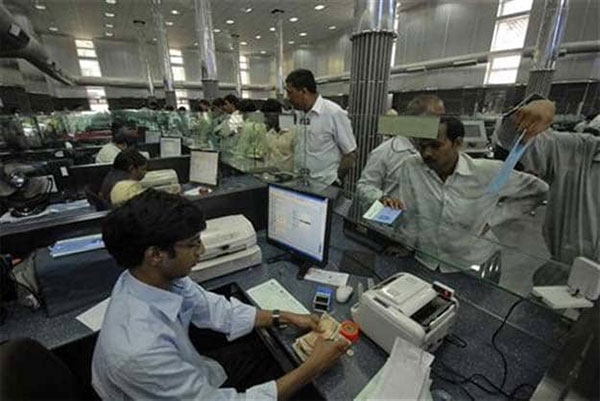
It is imperative to undertake a statistical review to examine PTI’s target of 10 million new jobs. Given the growth rates of GDP, agriculture, service and industrial sector at 5.8%, 3.8%, 6.4% and 5.8% respectively. In my opinion the goal of creating 10 million jobs is neither unrealistic nor unachievable. Furthermore, the prospects are rich and high because the CPEC project is yet to bear its fruit and yield economic dividends.
World Bank data suggests that the total workforce of Pakistan stands around 70 Million and unemployment rate was 5.9% for FY2017. Hence, there are 4.12 million unemployed individuals in the economy seeking work. Furthermore, around 2.1 Million seekers enter the job market every year given the national population growth of 2%. Therefore, in the light of this target of creating 2 million jobs every year, the unemployment rate will remain constant.
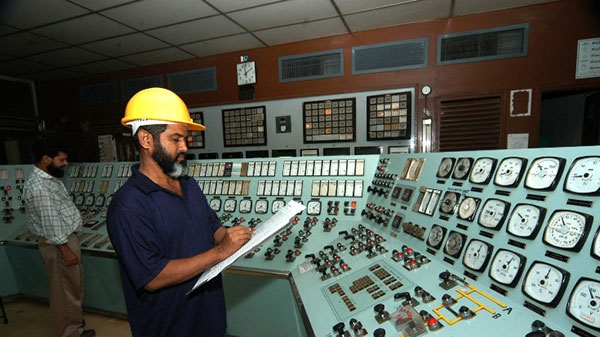
The performance review of PML-N’s government in this regard is significant to assess the feasibility of PTI’s job creation target. Over the last 4 years (2013-2017) the unemployment rate was reduced from 6.2% to 5.9%, which implies the generation of 8.34 million new jobs. As per World Bank data, total labour force of Pakistan in 2013 was 61.33 million out of which 57.5 million individuals were employed and 3.83 million remain unemployed, leaving unemployment rate at 6.2%.
Labour force of Pakistan was increased by 14% from 2013-2017, reaching 69.67 million individuals by 2017. Out of these, 65.84 million were employed and rest (5.9%) unemployed. This gives evidence that unemployment rate did not only decrease from 6.2% to 5.9% in 4 years but also that 8.34 million jobs were created in the economy. This means Pakistan economy has produced 2.16 million jobs every year from 2013 to 2017. Experts and global financial institutions are of view that 7% growth is required in Pakistan to create enough jobs and tame rising unemployment.
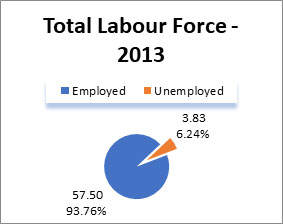
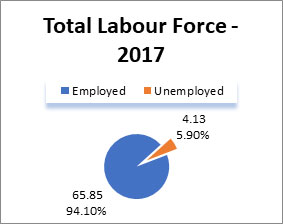
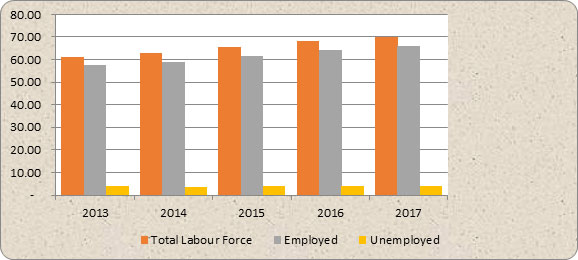
How This Happened?
According to State Bank Report on State of Economy 2018, it was stated that the growth momentum gained further strength as the economy achieved its 13-year highest real GDP growth of 5.8 percent in FY18 (5.4% in 2017). The GDP growth was also broad-based, as all the three sectors – agriculture, industry and services – contributed positively to this acceleration, the report highlights.
It also states that the acceleration in GDP growth was supported by host of factors, including low cost of financing, improved energy supplies, favourable business sentiments, fiscal incentives through subsidies, and increased access to credit. At the same time, higher public spending and progress on CPEC-related projects stimulated economic activities besides inducing firms to enhance their production capacities. SBP report features a special chapter dedicated to the digitization of services in Pakistan which contributed substantially to rapid e-commerce growth. It is particularly reshaping the services business models, by making the service delivery more cost-efficient and improving the customer experience. The changing global trends in the services are creating new opportunities, and Pakistan is no exception. We only need to focus the said economic drivers stated by SBP to cater to the unemployment.

It is imperative to undertake a statistical review to examine PTI’s target of 10 million new jobs. Given the growth rates of GDP, agriculture, service and industrial sector at 5.8%, 3.8%, 6.4% and 5.8% respectively. In my opinion the goal of creating 10 million jobs is neither unrealistic nor unachievable. Furthermore, the prospects are rich and high because the CPEC project is yet to bear its fruit and yield economic dividends.
World Bank data suggests that the total workforce of Pakistan stands around 70 Million and unemployment rate was 5.9% for FY2017. Hence, there are 4.12 million unemployed individuals in the economy seeking work. Furthermore, around 2.1 Million seekers enter the job market every year given the national population growth of 2%. Therefore, in the light of this target of creating 2 million jobs every year, the unemployment rate will remain constant.

The performance review of PML-N’s government in this regard is significant to assess the feasibility of PTI’s job creation target. Over the last 4 years (2013-2017) the unemployment rate was reduced from 6.2% to 5.9%, which implies the generation of 8.34 million new jobs. As per World Bank data, total labour force of Pakistan in 2013 was 61.33 million out of which 57.5 million individuals were employed and 3.83 million remain unemployed, leaving unemployment rate at 6.2%.
Labour force of Pakistan was increased by 14% from 2013-2017, reaching 69.67 million individuals by 2017. Out of these, 65.84 million were employed and rest (5.9%) unemployed. This gives evidence that unemployment rate did not only decrease from 6.2% to 5.9% in 4 years but also that 8.34 million jobs were created in the economy. This means Pakistan economy has produced 2.16 million jobs every year from 2013 to 2017. Experts and global financial institutions are of view that 7% growth is required in Pakistan to create enough jobs and tame rising unemployment.



How This Happened?
According to State Bank Report on State of Economy 2018, it was stated that the growth momentum gained further strength as the economy achieved its 13-year highest real GDP growth of 5.8 percent in FY18 (5.4% in 2017). The GDP growth was also broad-based, as all the three sectors – agriculture, industry and services – contributed positively to this acceleration, the report highlights.
It also states that the acceleration in GDP growth was supported by host of factors, including low cost of financing, improved energy supplies, favourable business sentiments, fiscal incentives through subsidies, and increased access to credit. At the same time, higher public spending and progress on CPEC-related projects stimulated economic activities besides inducing firms to enhance their production capacities. SBP report features a special chapter dedicated to the digitization of services in Pakistan which contributed substantially to rapid e-commerce growth. It is particularly reshaping the services business models, by making the service delivery more cost-efficient and improving the customer experience. The changing global trends in the services are creating new opportunities, and Pakistan is no exception. We only need to focus the said economic drivers stated by SBP to cater to the unemployment.
